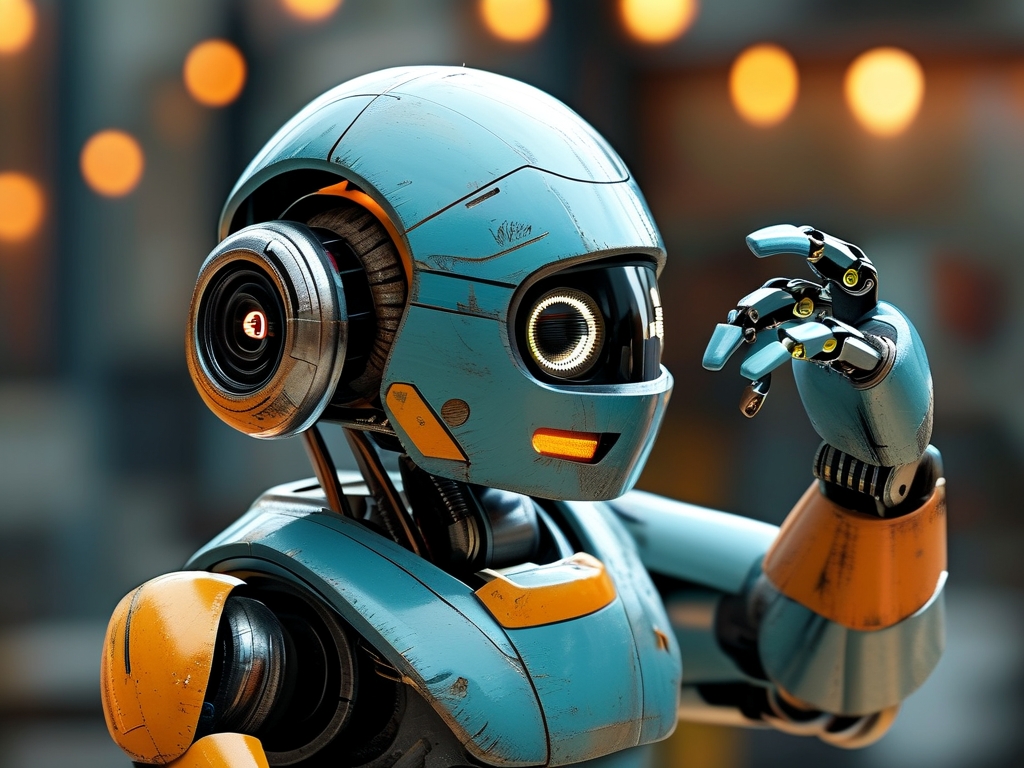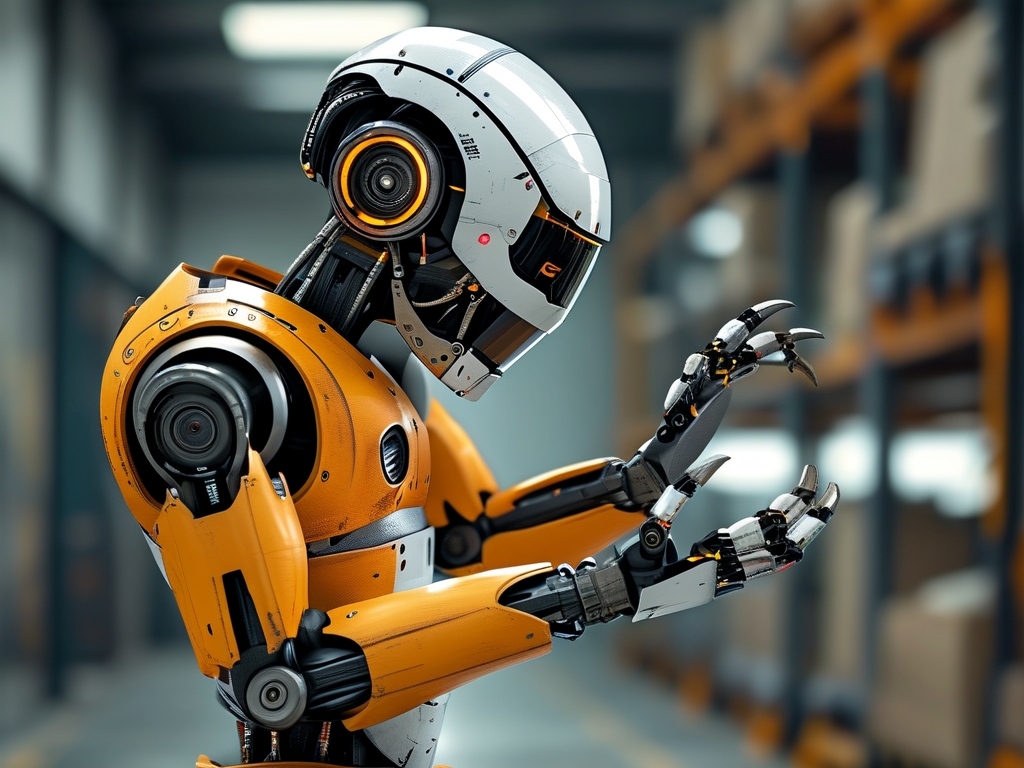Robotic grasping technology represents a cornerstone of modern automation, enabling machines to interact with physical objects in dynamic environments. At its core, this technology combines principles from mechanical engineering, computer vision, and artificial intelligence to replicate—and often surpass—human dexterity. This article explores the foundational principles of robotic grasping, its key components, and real-world applications.
1. Core Components of Robotic Grasping Systems
A robotic grasping system typically comprises three interconnected subsystems:
-
Sensing and Perception:
Sensors such as RGB-D cameras, LiDAR, or tactile sensors generate real-time data about an object’s shape, size, texture, and weight. Advanced algorithms, including convolutional neural networks (CNNs), process this data to create a 3D representation of the object. For example, a vacuum gripper might use force-torque sensors to adjust suction intensity based on an object’s fragility. -
Motion Planning and Control:
Once an object is identified, path-planning algorithms (e.g., Rapidly-exploring Random Trees or RRT*) calculate optimal trajectories for the robotic arm. Adaptive control systems, such as impedance or hybrid force-position controllers, ensure precise alignment and grip stability. These systems account for variables like object slippage and external disturbances.
-
End-Effector Design:
The end-effector—the "hand" of the robot—varies based on application. Soft robotic grippers mimic biological muscles for delicate tasks, while magnetic grippers handle metallic objects in industrial settings. Recent innovations include underactuated grippers that adapt to irregular shapes without complex programming.
2. Key Principles in Grasping Mechanics
-
Friction and Force Analysis:
Frictional forces between the gripper and object must counteract gravitational and inertial forces. Engineers use Coulomb’s friction model to predict slip conditions, ensuring sufficient normal force is applied. For heavy objects, parallel-jaw grippers may employ serrated surfaces to enhance friction. -
Form and Force Closure:
A "form closure" occurs when an object is fully constrained by the gripper’s geometry (e.g., a gear held by a custom mold). In contrast, "force closure" relies on friction and applied forces to immobilize the object, as seen in universal grippers handling diverse items. -
Compliant Manipulation:
Compliance—whether passive (mechanical springs) or active (software-controlled actuators)—allows robots to handle uncertainties. For instance, collaborative robots (cobots) use series elastic actuators to safely interact with humans.
3. Role of Machine Learning in Grasping
Modern grasping systems leverage machine learning to improve adaptability:
- Reinforcement Learning (RL):
Robots trained via RL, such as OpenAI’s Dactyl, learn optimal grasping strategies through trial and error in simulated environments. - Sim-to-Real Transfer:
Training models in virtual environments (e.g., NVIDIA Isaac Sim) reduces real-world experimentation costs. Domain randomization techniques help bridge the gap between simulation and physical deployment. - Few-Shot Learning:
Meta-learning frameworks enable robots to grasp novel objects with minimal training data, a critical feature for warehouses handling unpredictable inventory.
4. Applications Across Industries
- Manufacturing:
Automotive assembly lines use magnetic grippers to position metal components with micron-level precision. - Healthcare:
Surgical robots like the da Vinci System employ micro-grippers for minimally invasive procedures, guided by haptic feedback. - Agriculture:
Soft robotic grippers harvest fruits without bruising, using pressure-sensitive algorithms to adjust grip strength. - Logistics:
Amazon’s Sparrow robot combines suction and mechanical fingers to sort packages of varying sizes, reducing reliance on manual labor.
5. Challenges and Future Directions
Despite advancements, challenges persist:
- Dynamic Environments:
Grasping in unstructured settings (e.g., disaster zones) requires real-time adaptation to shifting objects and lighting conditions. - Energy Efficiency:
Heavy-duty grippers consume significant power; research into lightweight materials like carbon fiber composites aims to address this. - Human-Robot Collaboration:
Ensuring safety in shared workspaces demands advanced collision detection and ethical AI frameworks.
Future innovations may include biohybrid grippers integrating living tissues for enhanced sensitivity and self-healing materials for durability.
Robotic grasping technology is a multidisciplinary field evolving rapidly through advancements in AI, materials science, and sensor technology. By understanding its principles—from force dynamics to adaptive learning—we unlock transformative potential across industries, paving the way for smarter, safer, and more versatile automation.


